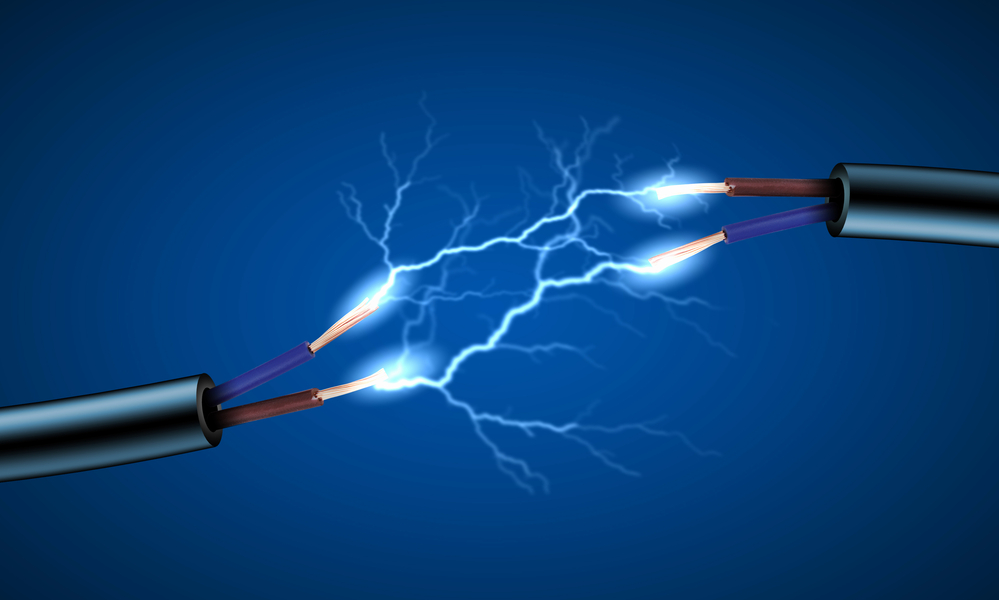Electric Control of Atomic Spin Transitions Successfully Demonstrated by Scientists

October 27, 2023
Feature
A thorough review of this article has been done in accordance to Science X's editorial process and policies. The credibility of the content has been ensured through fact-checking, proofreading, and incorporating information from trusted sources and peer-reviewed publications.
The authored article is by Tejasri Gururaj and was published on Phys.org.
The focus of a new study, published in Nature Communications, is manipulation of atomic-scale spin transitions via an external voltage. The study sheds new light on the workable execution of spin control at the nanoscale for quantum computing applications.
Atomic-scale spin transitions pertain to changes in an atom's inherited angular momentum or spin and are usually linked with electron behavior. This study emphasizes the use of electric fields for controlling spin transitions, driven by unplanned findings and natural curiosity.
The lead researcher, Dr. Christian Ast from the Max-Planck-Institute for Solid State Research, shares that their inspiration came from pure curiosity. A peculiar signal change was observed that depended on the bias voltage applied in their junction, leading to the start and growth of this project.
Electrons with inherent spin can be 'up' or 'down'. They transition between these states and result in various observable effects. Manipulating these spins is essential for quantum computing and spintronics, impacting data processing and storage, materials science and fundamental physics, hence leading to technological and scientific advancements.
Inside their experiment setup, an electron spin resonance scanning tunneling microscope (ESR-STM) was paramount to control the spins. The researchers used single titanium hydride (TiH) molecules in their experiment, applying a bias voltage between the sample and the STM's tip.
The effect of this bias voltage was an intense electric field within the tunnel junction, formed between the tip and the sample. This affected the TiH molecule's position, altering the g-factor - the proportionality between an electron's spin and its magnetic moment.
The researchers proved that the bias voltage could influence and manipulate spin transitions, and they went on to study the Zeeman effect. The Zeeman effect mirrors the splitting of energy levels of electron spins in an individual molecule in the presence of a magnetic field.
Dr. Ast states that by applying a magnetic field to their STM junction, they can split the energy levels of two spin states in the individual molecules. He further elaborates that the application of radio frequencies will reflect changes in their electric current, making the resonating energy of their spin states noticeable.
The researchers are also able to establish direct electric control of spin transitions in paired TiH molecules. This was made possible by spin electron coupling, which denotes the interaction between electrons' spins with each other, revealing the potential of controlling the collective behavior of these spin states.
Looking ahead to future research, Dr. Ast explained that his team already had several ideas. 'In our research, we've discovered that changes in spin resonances concerning the electric field are attributed to two factors: variations in the local magnetic field and alterations in the molecule's spin.'
'The exact reasons for these changes when modifying the electric field remain partially unexplained, warranting further investigation. This effect also holds promise for utilizing spin transitions as sensors to detect local electric fields within complex molecules,' he concluded.
This research could open the door for individual atoms to serve as spin qubits in quantum computers, offering a faster alternative to traditional mechanical manipulations. The ability to control spin locally and swiftly through electrical means holds promise for quantum computing applications, where speed is critical to prevent information loss due to decoherence.
Journal information: Nature Communications
© 2023 Science X Network




